repetition and difference:
BAU384 Kunshan Pavilions
Kunshan City, Jiangsu Province, China
Discipline
Landscape ArchitectureTypology
Public infrastructureCity
Kunshan City, Jiangsu Province, ChinaDate
2009-2011Status
CompletedClient
Kunshan City Construction Investment & Development Co. Ltd.Program
Various public services + retail outlets: WC, Bank ATM, etcRepetition and Difference: a modular pavilion system
Urban Design
Seventy pavilions, or kiosks, dispersed along west Kunshan’s newest boulevard, provide an innovative contribution to the emergence of community life in the new residential districts of the city. The pavilions not only provide services and amenities but also provide places for gathering and socializing. The design strategy seeks to create a visual identity for the boulevard within the city, and also contribute to the place making objectives of urban design.
Programs
Intended programs in the kiosks include: free bike stations; tea houses/cafes; information points, public WCs; newspaper stands; flower shops; atm kiosks; traffic attendant rest house, fruit shops, hair dresser; WIFI stations; snack shops, bus stop convenience shops and shaded playground and fitness points.
Module + Kit of Parts
To meet the low-cost, high-speed requirements of the brief, a modular construction system was developed. Each module utilises the same kit of parts. The module is a 3m tall cell of five sides with only three different wall widths. Each pavilion, large and small, utilises the kit of parts of this singular standard module. Variations in wall materials make the pavilions specific to their solar orientation and potential programs. The structure of the pavilions is concrete base, steel columns, and steel box-truss roof frame. Aluminium cladding conceals and protects the services and insulation.
Variety + Economy = Geometry
To provide flexibility and visual variety the module is based on the geometry of a pentagonal tessellation,
(A tessellation is an arrangement of shapes closely fitted together, especially of polygons in a repeated pattern without gaps or overlapping.).
Location
The sites for the kiosks are located along a 7 km stretch of Qian Jin Xie, west of the city centre. The context is predominantly high-density residential slabs with very few commercial programs facing the street. Seventy kiosk sites were nominated by the landscape architects for the street. Our team determined appropriate sizes and types of pavilions to allow maximum flexibility for likely and unknown uses of the pavilions now and in the future.
Low Carbon
The larger pavilions utilise building integrated PV cells embedded in the eaves glass to support their LED lighting and other energy requirements. Kunshan is adjacent to Shanghai with cold winters and hot humid summers, so all pavilions utilise passive solar control, have thermally efficient envelopes, and utilise natural ventilation. The modular and prefabrication strategies minimise construction waste of materials and energy. All construction components, and parts in the kit, can be re-used to create new pavilions.
- Infrastructure
- Public
- Residential
- Healthcare
- Education
- Culture
- Office
- Retail
- Hotel
- Hospitality
- Mixed Use
- Sports
- Planning
- Urban Design
- Public Landscapes
- Private Landscapes
- Playgrounds
- Structures & Pavillions
- Residential
- Healthcare
- Education
- Culture
- Office
- Retail
- Hotel
- Hospitality
- 2023
- 2024
- 2021
- 2020
- 2019
- 2018
- 2017
- 2016
- 2015
- 2014
- 2013
- 2012
- 2011
- 2005-2010
- 2000-2005
- 1990-2000



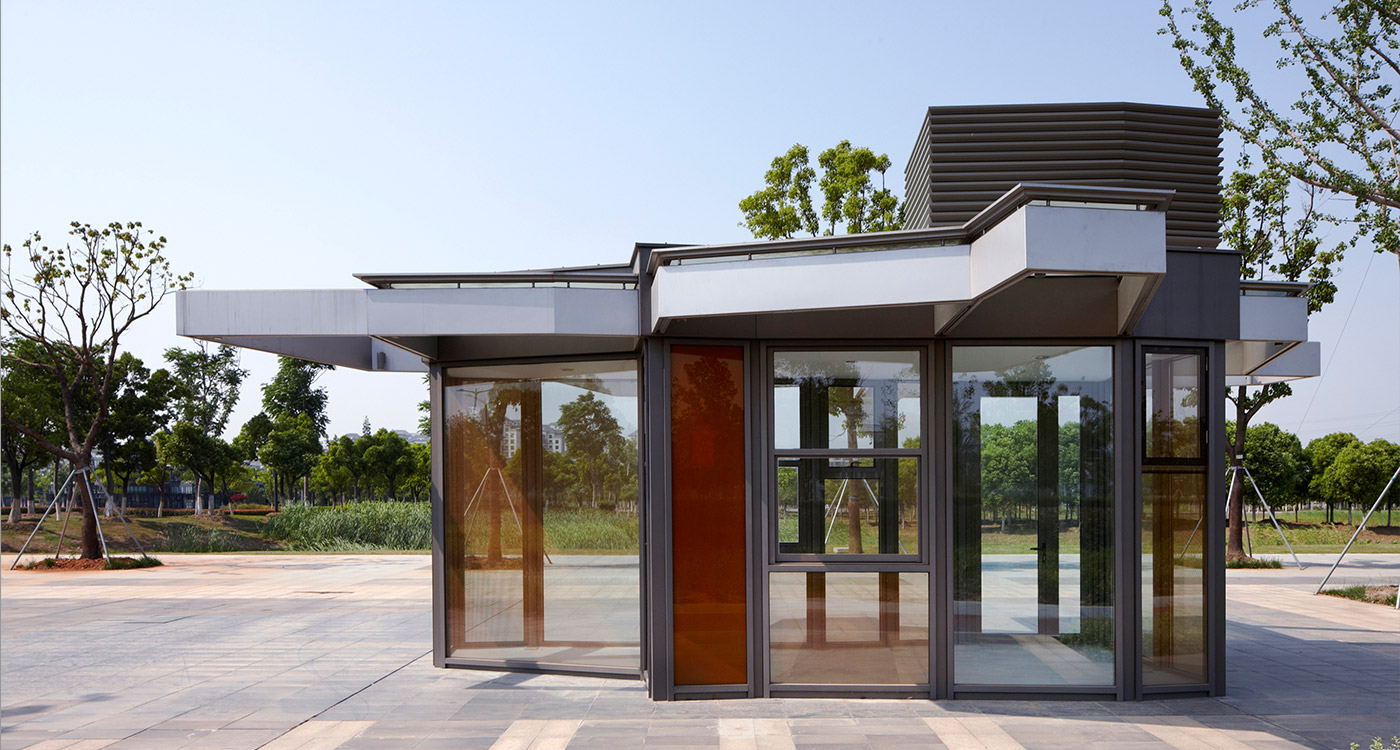


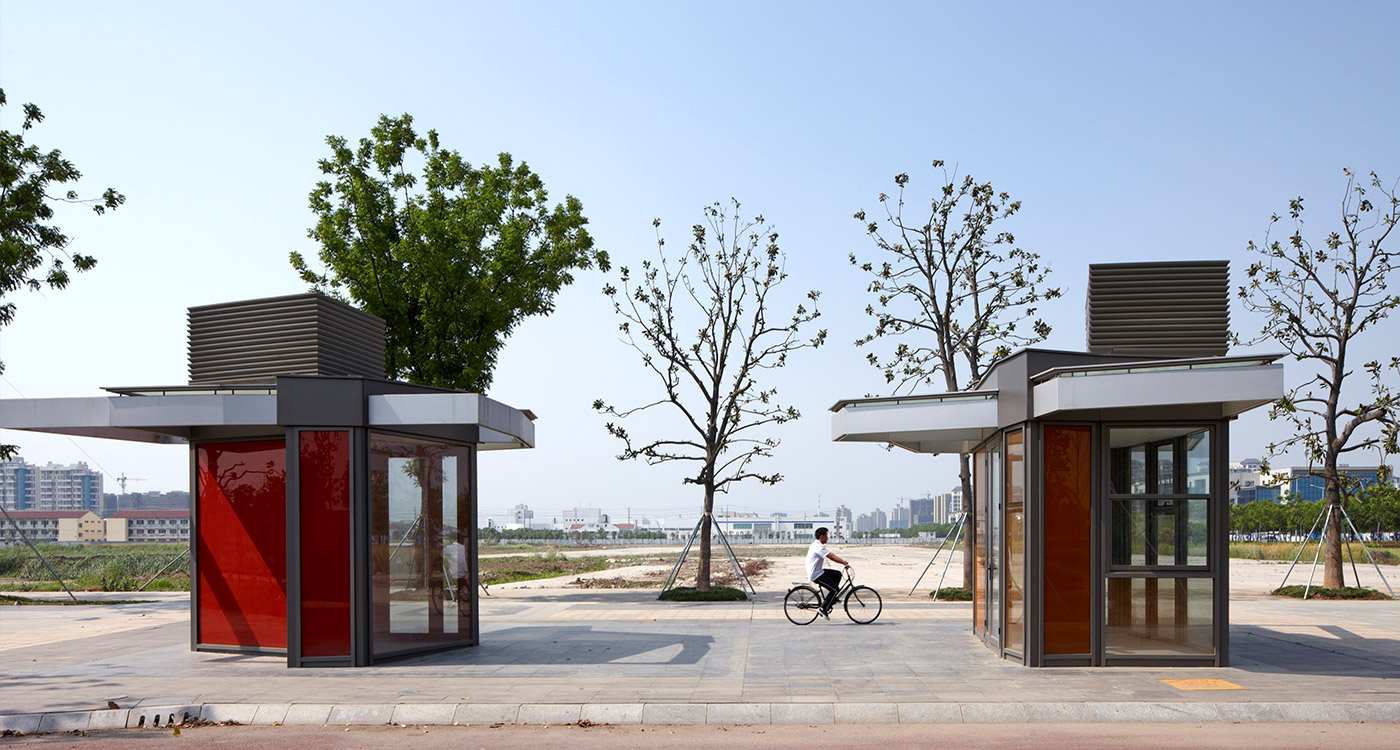








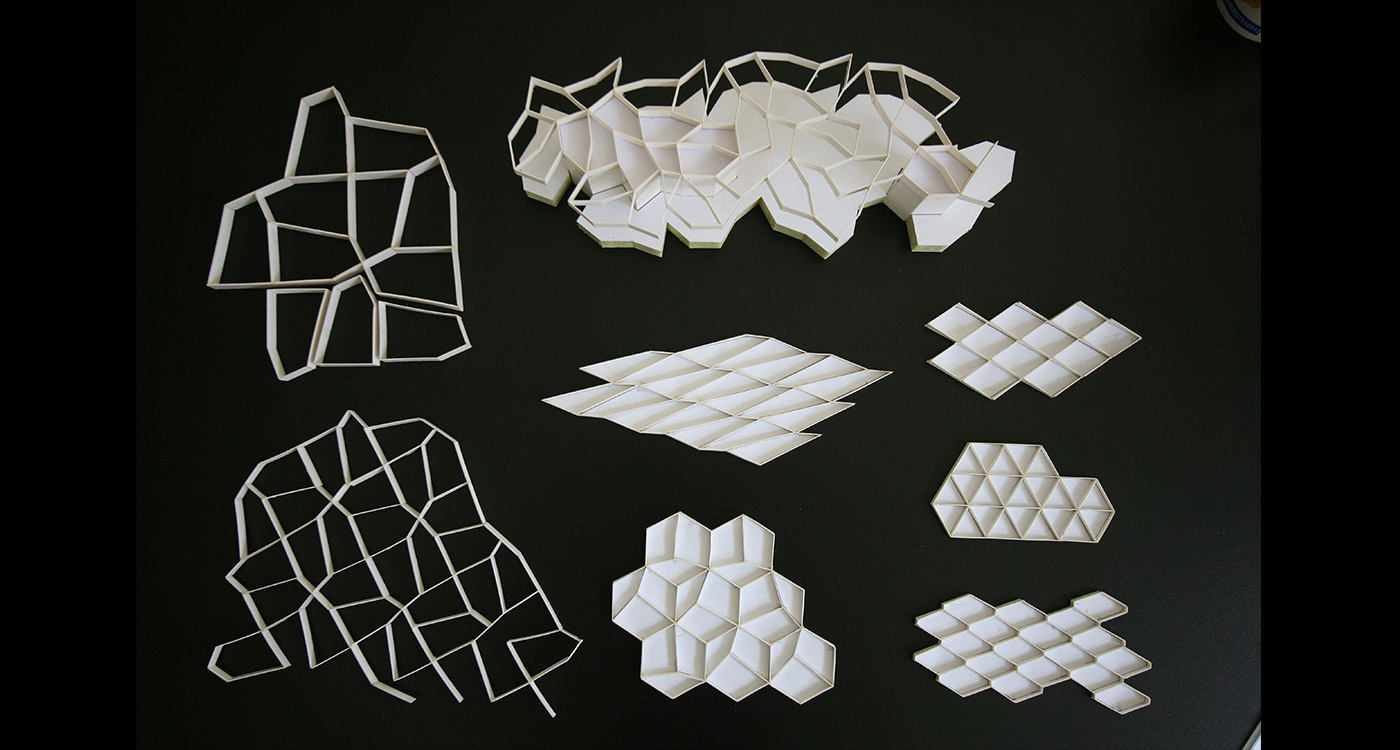


















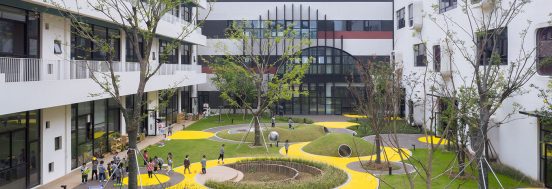











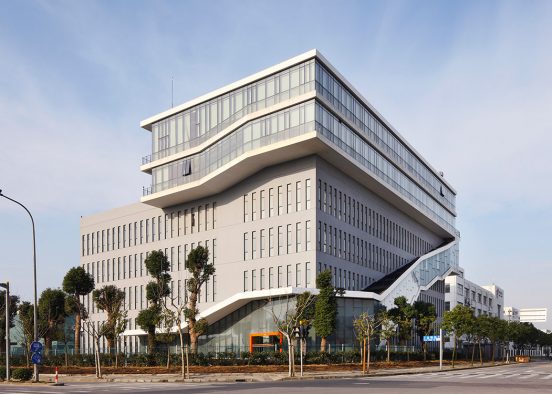


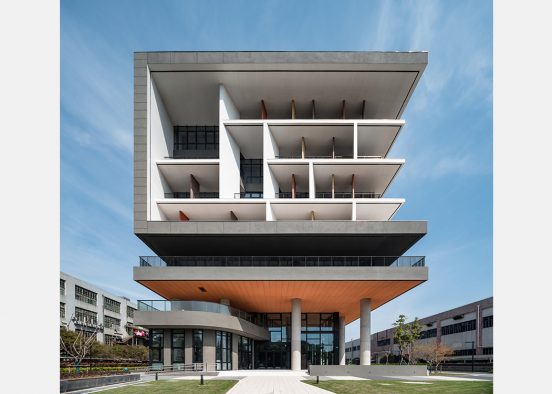


















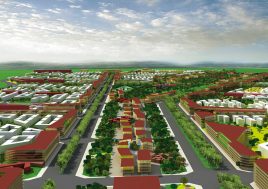





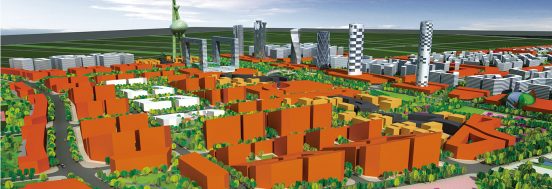







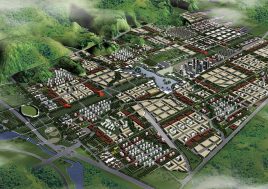










































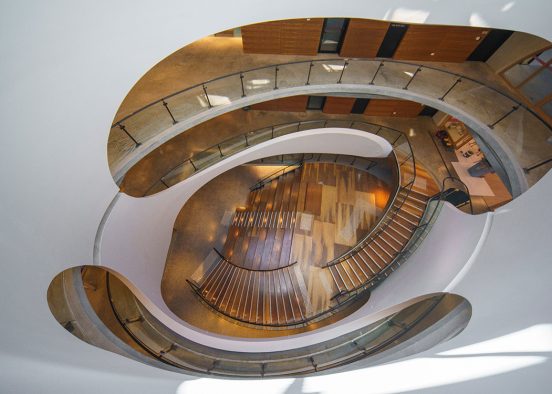








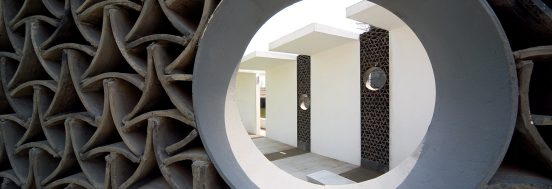

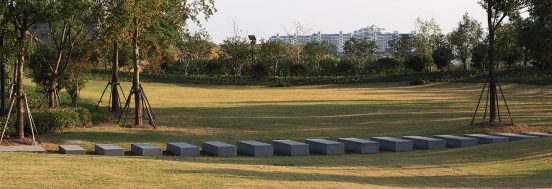
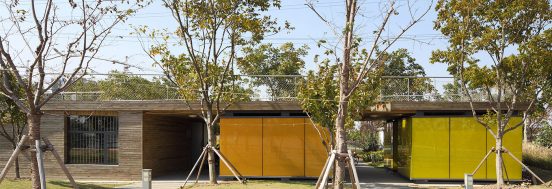


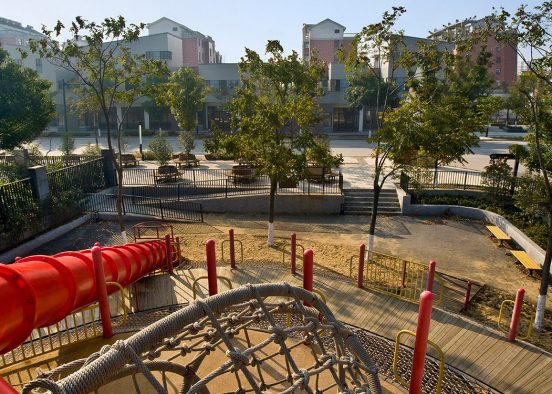













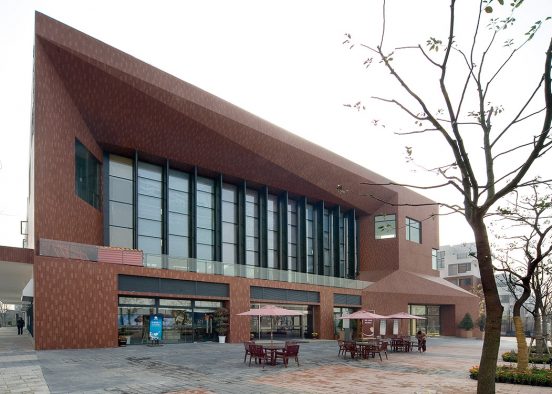
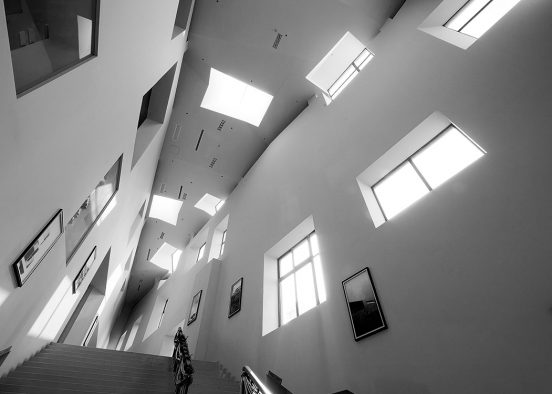
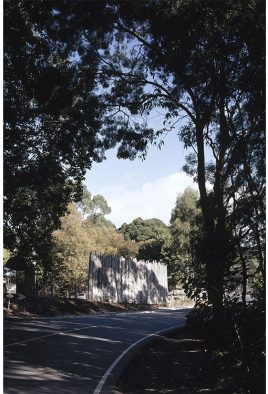
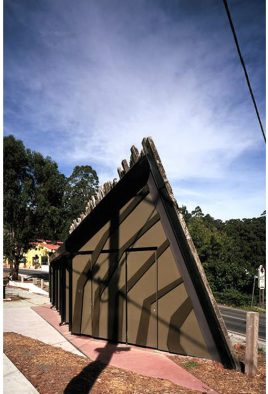













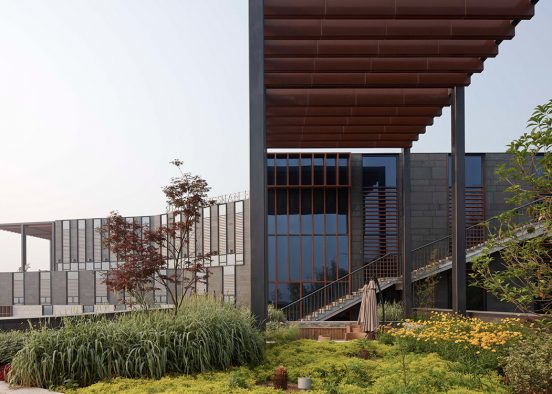








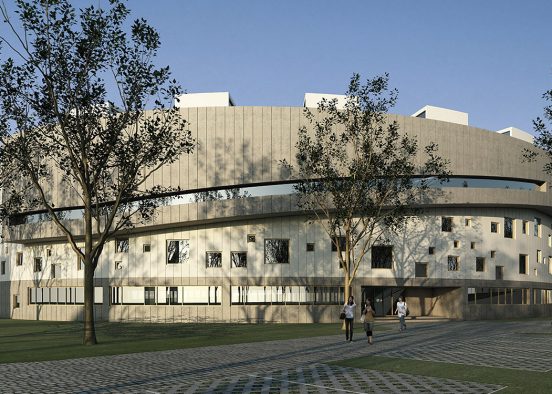







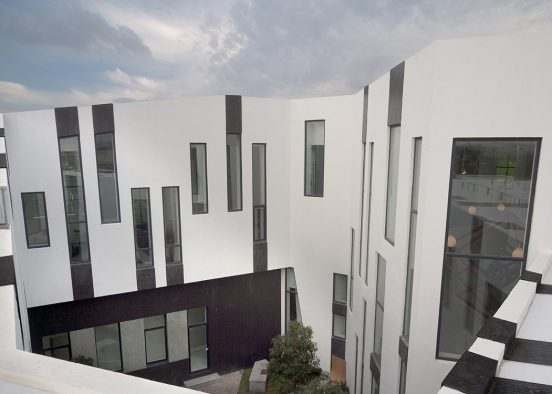








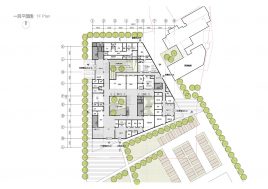


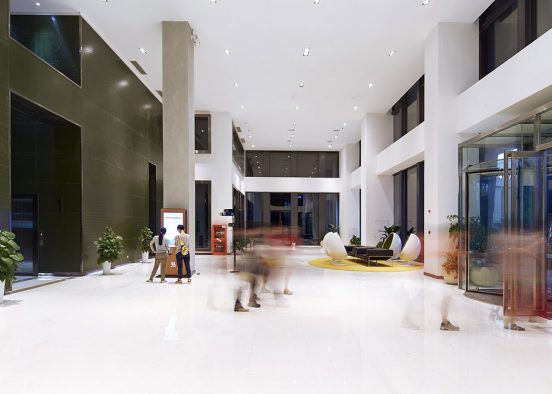

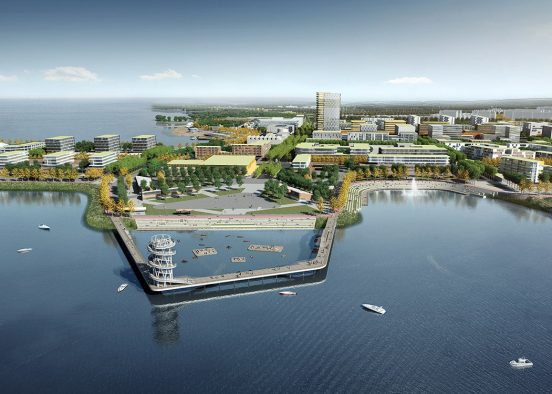





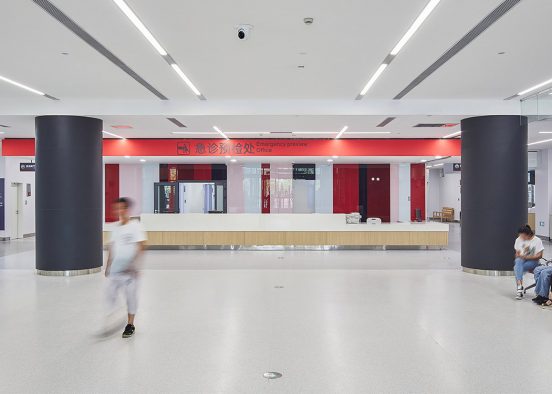




















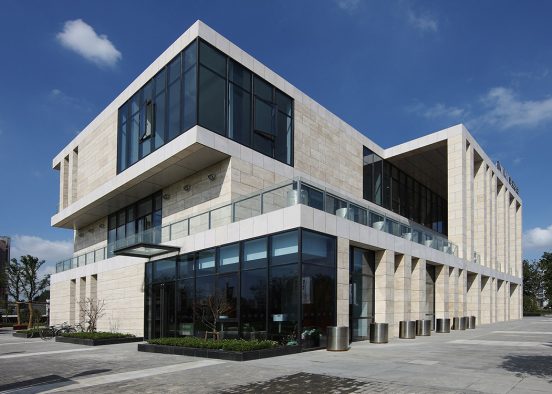










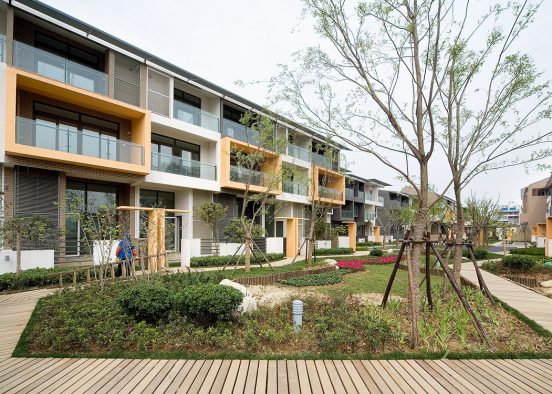
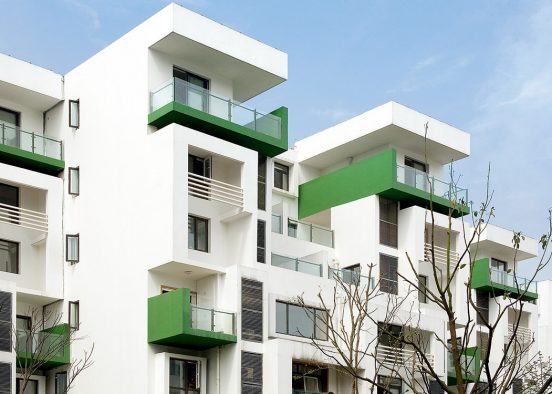









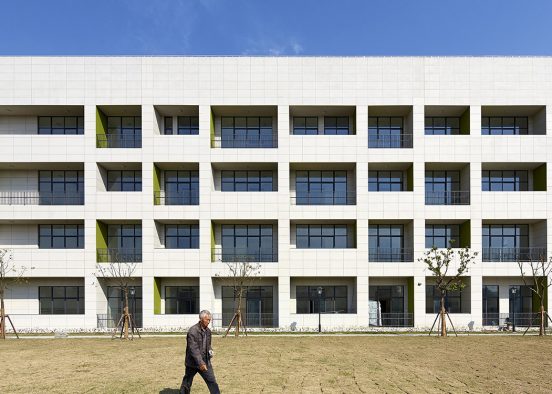
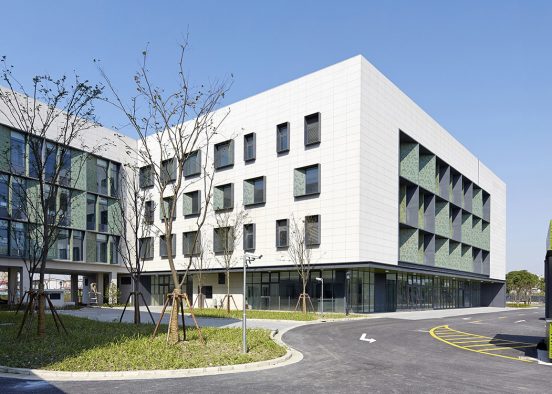


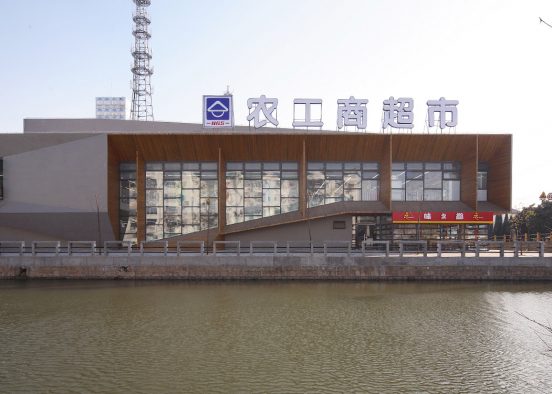
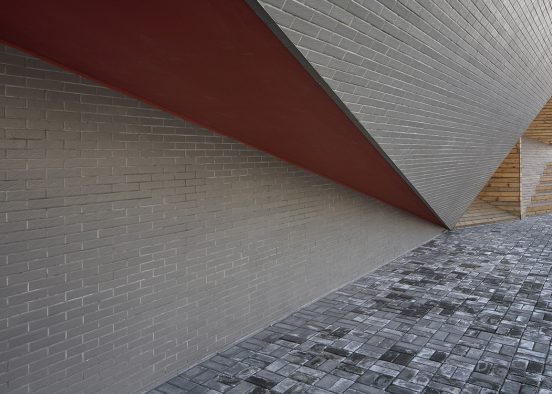

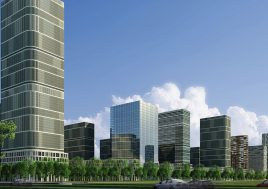



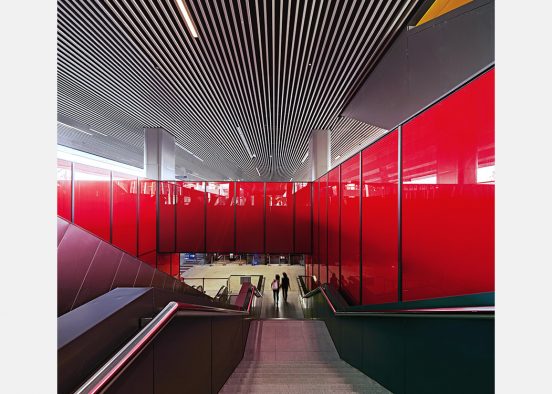


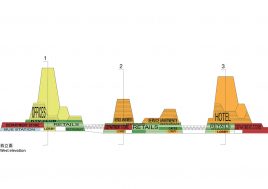







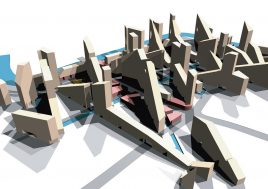



















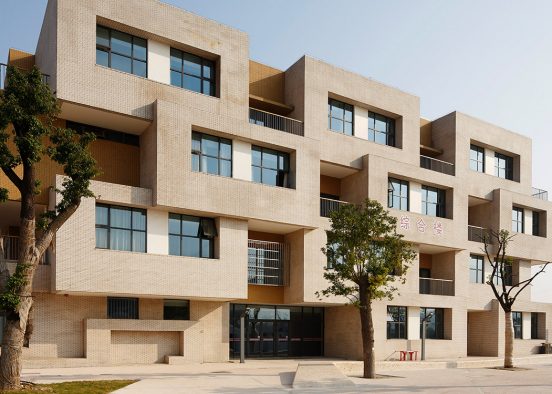



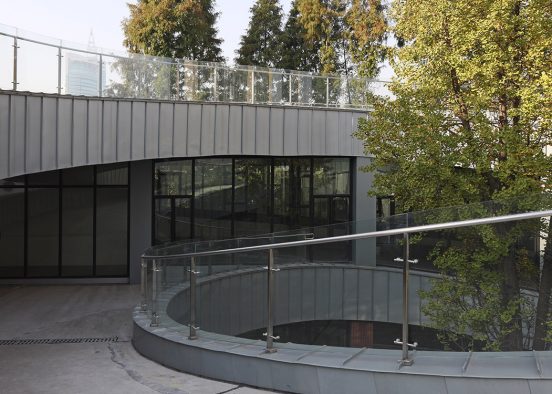
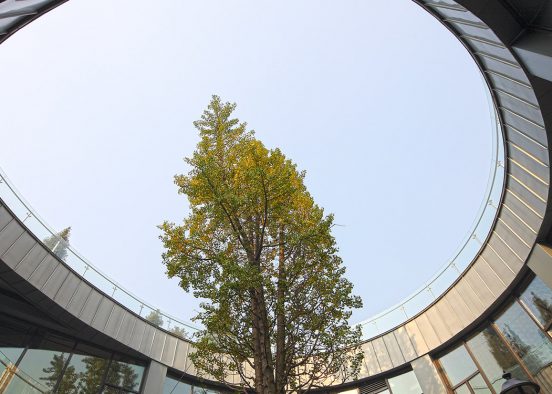



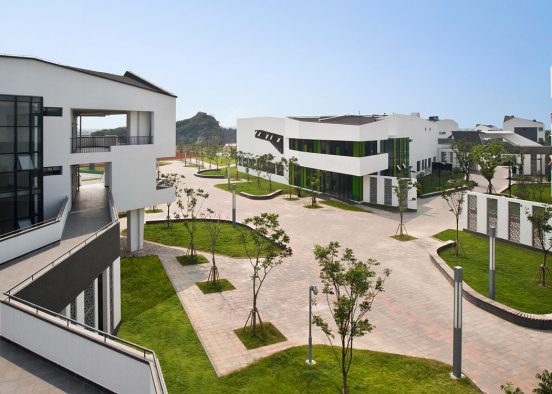




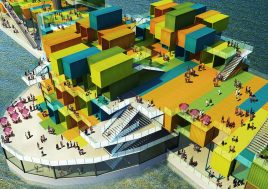












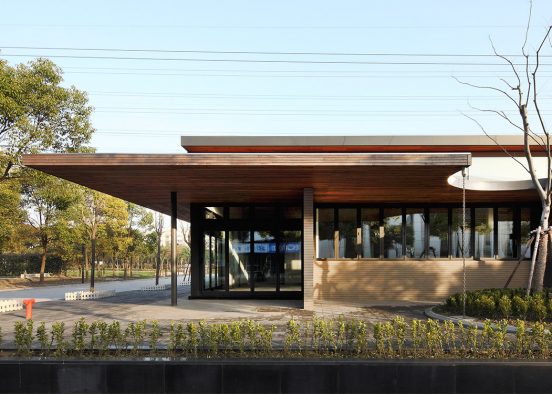








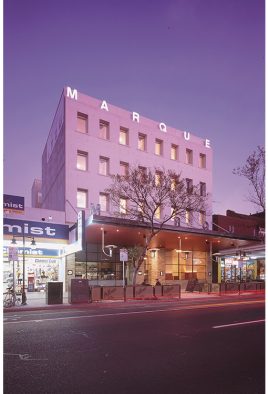














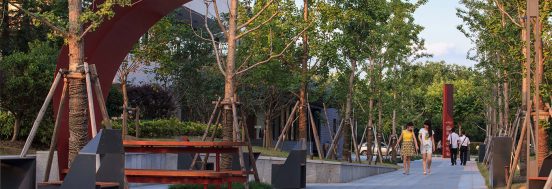

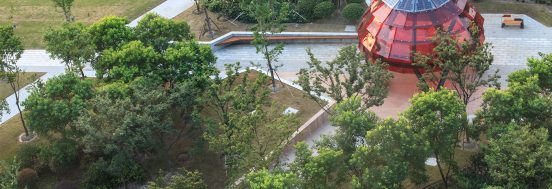

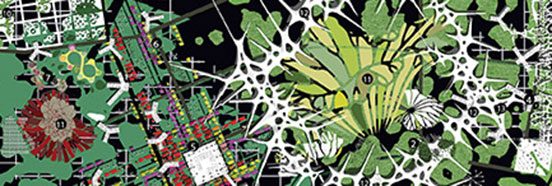













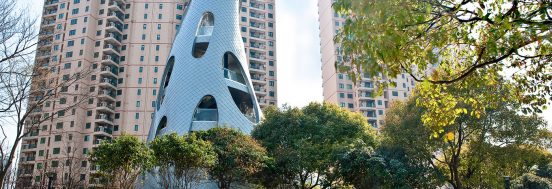
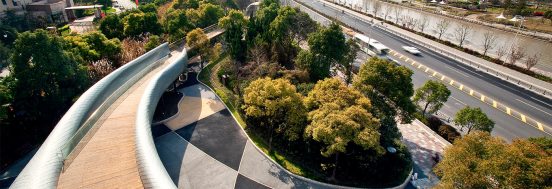




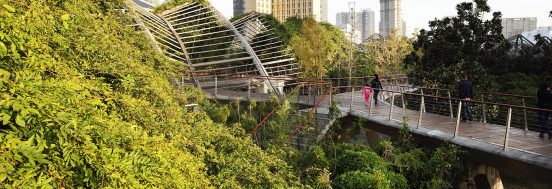
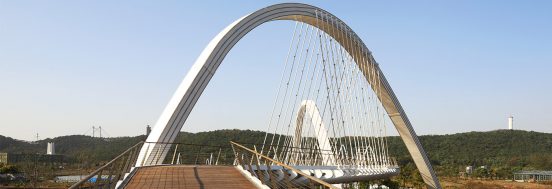
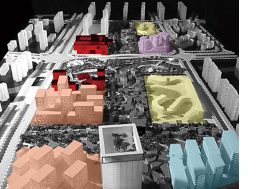

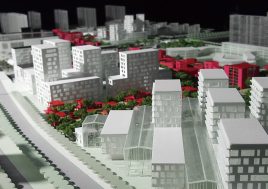






 Back to projects
Back to projects
